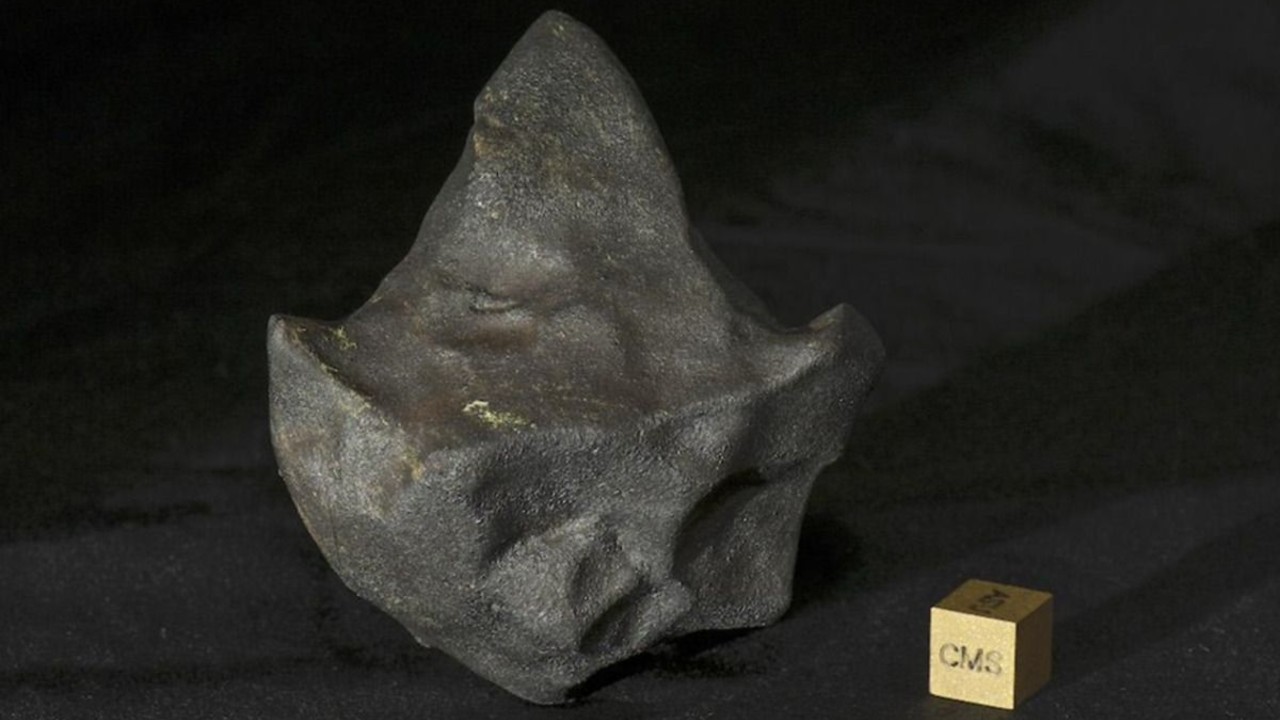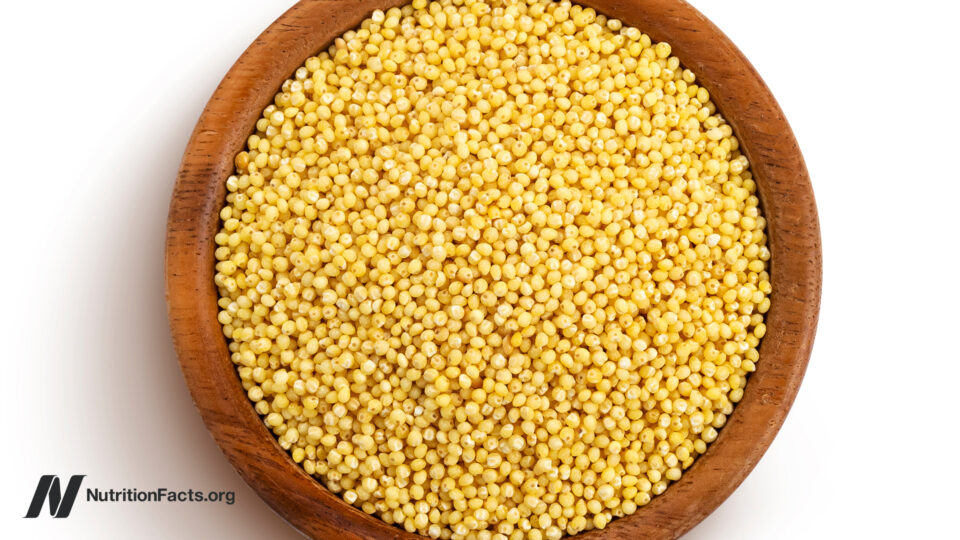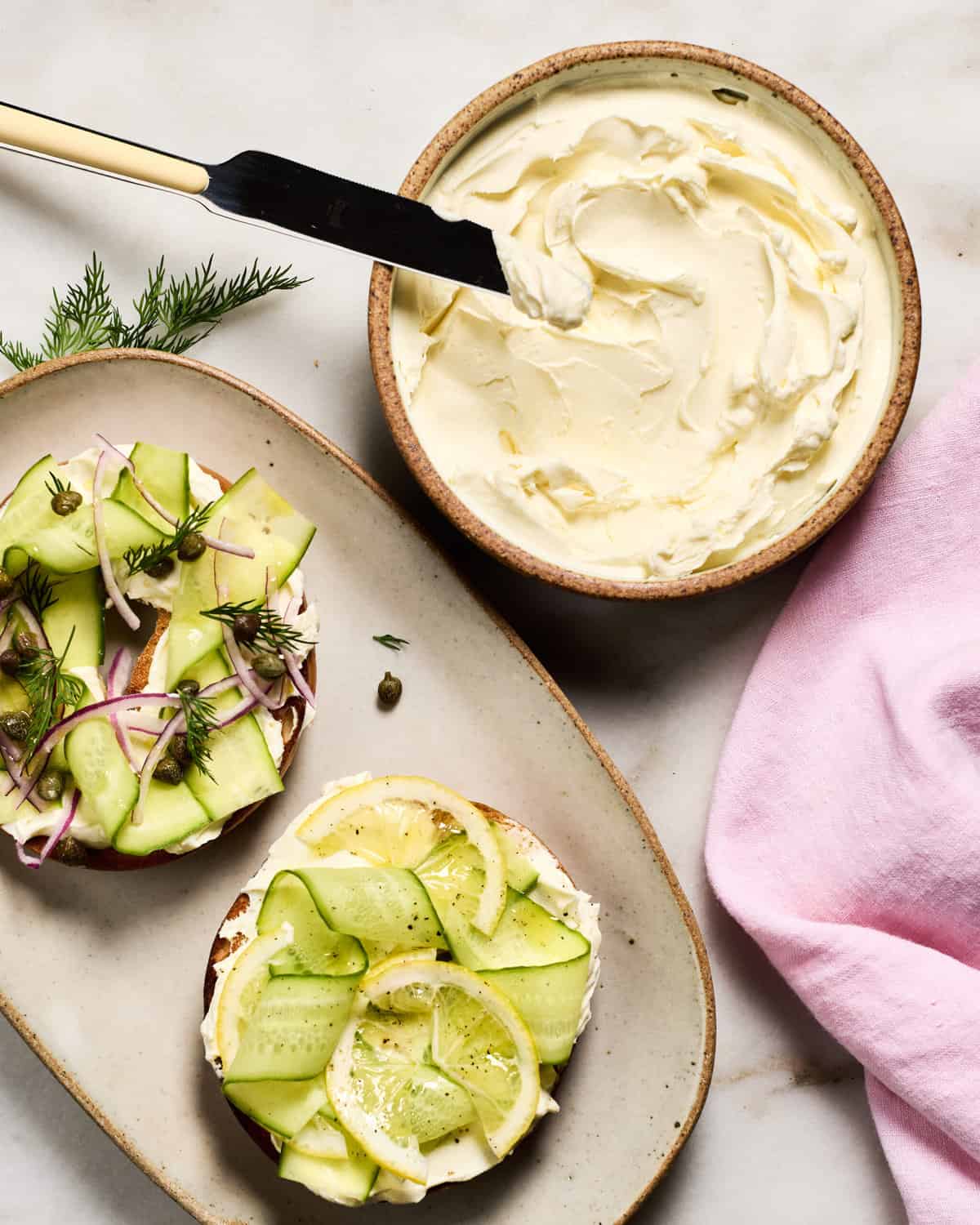The Secret to a Superior Caesar Hails From the Amalfi Coast
Lille Allen/Eater Colatura fish sauce packs a perfect umami punch I make a damn good Caesar. I’m not usually one to brag, but whenever I bring out a bowl full of perky romaine, garlicky croutons, and wisps of Parmesan at a dinner party, someone, nearly without fail, will ask for the recipe. And I don’t think my guests are just being nice. It’s no secret that the dressing is what differentiates a good Caesar from a great one. Many popular recipes insist that the one and only path to a proper Caesar requires dutifully whisking oil, drop by drop, into smashed anchovies and raw egg yolks until the dressing emulsifies. To me, making dressing this way is anxiety-inducing, not to mention physically taxing. But I can tell you from experience that it doesn’t have to be this way. The secret to my salad — and to avoiding unnecessary and finicky physical labor — is Julia Turshen’s Caesar salad recipe. That, and an Italian fish sauce with roots in ancient Rome. Turshen’s aptly named recipe, Julia’s Caesar, comes from her 2017 cookbook Small Victories. Its ingredient list is straightforward — garlic, olive oil, lemon, red wine vinegar, anchovies — except for one thing: Turshen has you use store-bought mayonnaise instead of whisking aioli. It’s a small but impactful move, a shortcut that is the difference between whipping up a Caesar dressing in less than five minutes and… not. Turshen’s recipe yields the ideal Caesar dressing: creamy and tart, with a little body from grated Parmesan thrown in at the end. You truly don’t need to change a thing. But last year, Turshen published an update to the recipe in her latest cookbook, What Goes With What. The revised recipe addresses two minor issues I had with the original: first, it yields more salad (trust me, you’ll want extra), and second, it incorporates an entire tin of anchovies instead of the few originally called for. But for me, the latter change wasn’t necessarily an improvement: if you’ve ever tried to transfer a small school of filets into a storage container without spilling their oil, you know it can be tricky, and despite the tinned fish revolution, many people are still squeamish about the small, salty fish. But a Caesar isn’t a Caesar without them. So I took a page from Turshen herself and streamlined the recipe further with the help of Nettuno’s Colatura di Alici, which spares me from ever needing to crack open an anchovy tin. Colatura is a fermented Italian fish sauce whose origins can be traced back to Ancient Rome. The amber liquid has become more popular in the U.S. thanks to specialty groceries like Gustiamo and Zingerman’s and a cadre of chefs who shout it out on their menus, but it still remains a relatively under-the-radar ingredient. Composed of the leftover liquid from barrel-aged salted anchovies, it is wonderfully briny, savory and complex. It’s different from fish sauces you’d typically get at an Asian grocery store; I find it more mellow and savory than salty. When you crack open a bottle, it smells undeniably fishy, but as soon as it’s incorporated, the fishiness fades into the background and imparts a deep, savory richness. In short, it is perfect for a Caesar. Instead of opening a tin of anchovies, smashing them into a paste on your cutting board or pulverizing them in a food processor, you can just pour a little colatura right into your dressing. No muss, no fuss. Just a salty, rich, complex Caesar salad in your home. If you’d like to try my variation, follow Turshen’s recipe precisely, but replace the anchovies with a tablespoon of colatura. The sauce is pungent, so start small and then adjust to taste. Let it be known: Caesars aren’t the only dish where colatura shines; there’s hardly a dish it doesn’t improve. It adds depth and richness to otherwise humdrum soups and stews, enhances anything with tomato, and gives a kick to raw and roasted veggies. Think of it as your new secret weapon — straight from the Amalfi coast.


Colatura fish sauce packs a perfect umami punch
I make a damn good Caesar. I’m not usually one to brag, but whenever I bring out a bowl full of perky romaine, garlicky croutons, and wisps of Parmesan at a dinner party, someone, nearly without fail, will ask for the recipe. And I don’t think my guests are just being nice.
It’s no secret that the dressing is what differentiates a good Caesar from a great one. Many popular recipes insist that the one and only path to a proper Caesar requires dutifully whisking oil, drop by drop, into smashed anchovies and raw egg yolks until the dressing emulsifies. To me, making dressing this way is anxiety-inducing, not to mention physically taxing. But I can tell you from experience that it doesn’t have to be this way. The secret to my salad — and to avoiding unnecessary and finicky physical labor — is Julia Turshen’s Caesar salad recipe. That, and an Italian fish sauce with roots in ancient Rome.
Turshen’s aptly named recipe, Julia’s Caesar, comes from her 2017 cookbook Small Victories. Its ingredient list is straightforward — garlic, olive oil, lemon, red wine vinegar, anchovies — except for one thing: Turshen has you use store-bought mayonnaise instead of whisking aioli. It’s a small but impactful move, a shortcut that is the difference between whipping up a Caesar dressing in less than five minutes and… not. Turshen’s recipe yields the ideal Caesar dressing: creamy and tart, with a little body from grated Parmesan thrown in at the end. You truly don’t need to change a thing.
But last year, Turshen published an update to the recipe in her latest cookbook, What Goes With What. The revised recipe addresses two minor issues I had with the original: first, it yields more salad (trust me, you’ll want extra), and second, it incorporates an entire tin of anchovies instead of the few originally called for. But for me, the latter change wasn’t necessarily an improvement: if you’ve ever tried to transfer a small school of filets into a storage container without spilling their oil, you know it can be tricky, and despite the tinned fish revolution, many people are still squeamish about the small, salty fish. But a Caesar isn’t a Caesar without them.
So I took a page from Turshen herself and streamlined the recipe further with the help of Nettuno’s Colatura di Alici, which spares me from ever needing to crack open an anchovy tin.
Colatura is a fermented Italian fish sauce whose origins can be traced back to Ancient Rome. The amber liquid has become more popular in the U.S. thanks to specialty groceries like Gustiamo and Zingerman’s and a cadre of chefs who shout it out on their menus, but it still remains a relatively under-the-radar ingredient. Composed of the leftover liquid from barrel-aged salted anchovies, it is wonderfully briny, savory and complex. It’s different from fish sauces you’d typically get at an Asian grocery store; I find it more mellow and savory than salty. When you crack open a bottle, it smells undeniably fishy, but as soon as it’s incorporated, the fishiness fades into the background and imparts a deep, savory richness. In short, it is perfect for a Caesar. Instead of opening a tin of anchovies, smashing them into a paste on your cutting board or pulverizing them in a food processor, you can just pour a little colatura right into your dressing. No muss, no fuss. Just a salty, rich, complex Caesar salad in your home.
If you’d like to try my variation, follow Turshen’s recipe precisely, but replace the anchovies with a tablespoon of colatura. The sauce is pungent, so start small and then adjust to taste. Let it be known: Caesars aren’t the only dish where colatura shines; there’s hardly a dish it doesn’t improve. It adds depth and richness to otherwise humdrum soups and stews, enhances anything with tomato, and gives a kick to raw and roasted veggies. Think of it as your new secret weapon — straight from the Amalfi coast.





















_Hanna_Kuprevich_Alamy.jpg?#)





















































